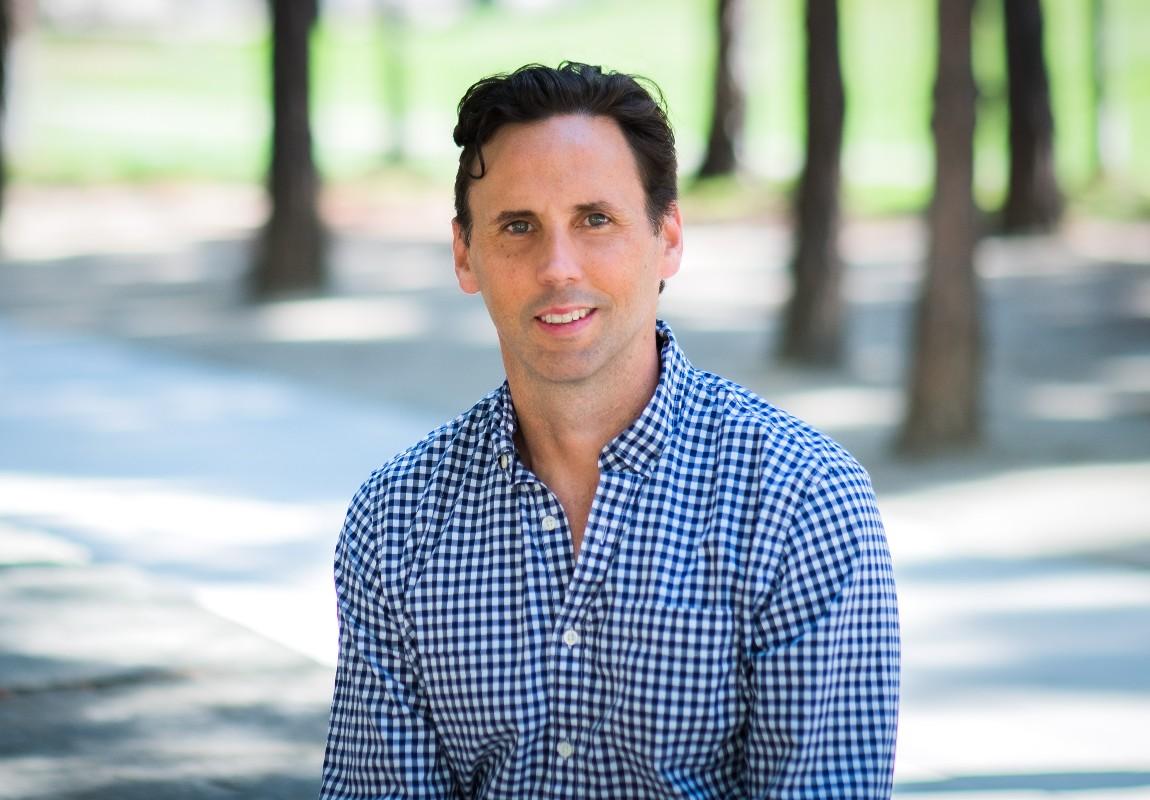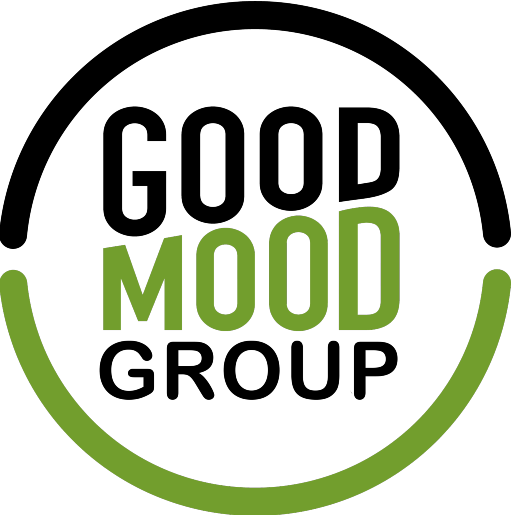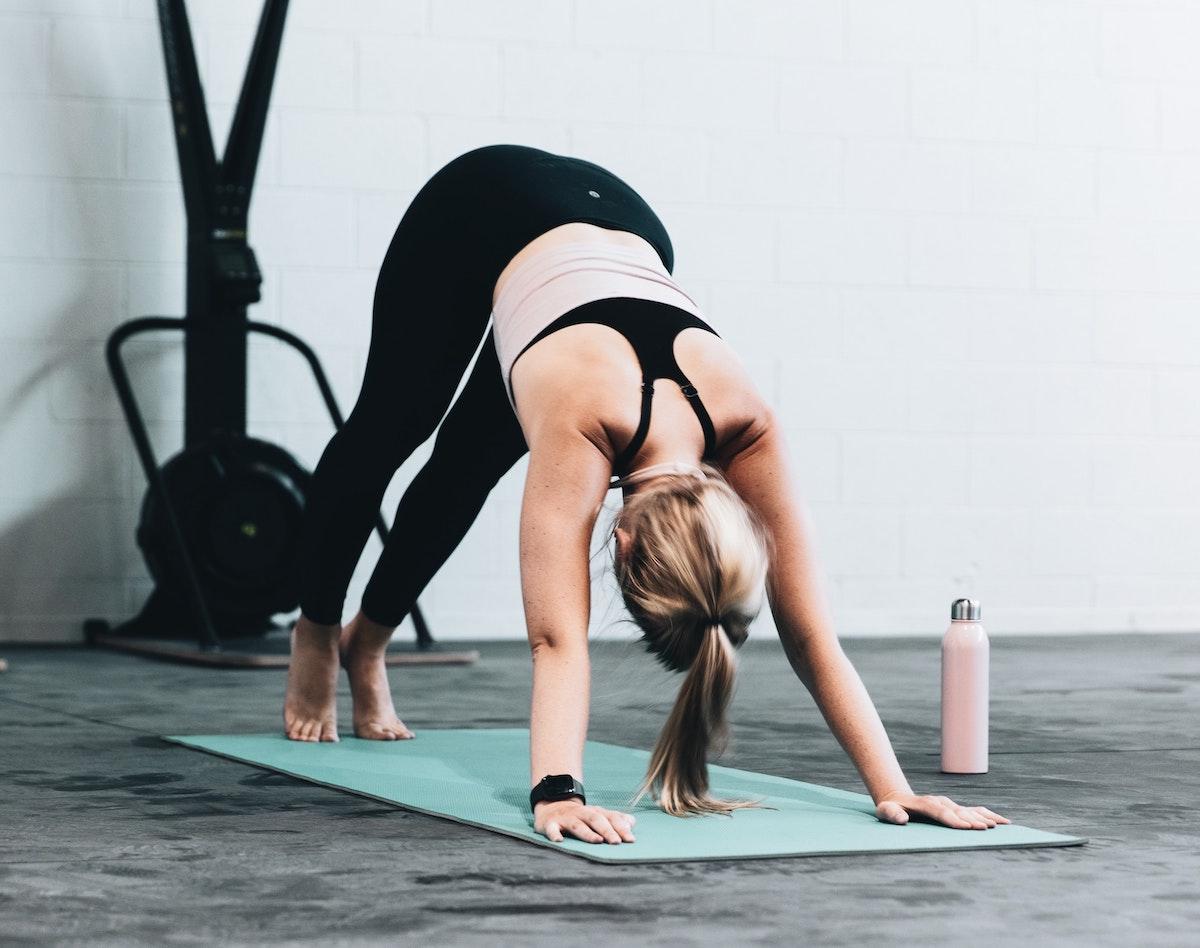
1) Could you tell us a little about your career and areas of expertise/interest?
I currently work in science policy in the United States. I work on environmental health research translation methods and the promotion of evidence-based federal policies to prevent exposures to harmful environmental chemicals.
A lot of my work is monitoring, evaluating and commenting on how the US Environmental Protection Agency regulates chemicals to ensure that they are consistent with the best scientific methods. Think of it like auditing. I look at whether an evaluation of a body of evidence examining a chemical, like asbestos, with a health outcome like cancer, is done accurately. I want to make sure there is no underestimation in the true risk posed by the chemical. This all sounds very esoteric, so why is this important?
Adopting scientific methods that accurately capture risks is critical to protecting health, particularly for marginalised communities, such as fenceline (a neighbourhood that is immediately adjacent to a company and is directly affected by the noise, odours, chemical emissions, traffic, parking, and operations of the company. Historically, polluting facilities have often been built in or near African American communities) and communities of colour that can face the highest exposures to toxic chemicals and pollutants.
Currently, every year, there’s about 15,000 kgs of chemicals produced for every person in the U.S. and many of these chemicals are persistent and bioaccumulative (so they never break down and just keep piling up in our water, soil and air) and end up in people, who are vulnerable and disproportionately exposed. Our studies have found ubiquitous exposure of pregnant women to more than 43 different industrial chemicals, many with serious health hazards. Babies are born with chemicals in their bodies, and our studies have also found significant links between prenatal exposures and health harms to children like loss of IQ. Leukemia in children has increased by ~40% over the last few decades. I have children and this worries me deeply.
My other key area of work is examining bias, both methodological and financial conflicts of interest, in research. We know that in multiple areas of research that the presence of industry sponsorship leads to more favourable study outcomes towards the study sponsor, than those without industry sponsorship. So again, why is this important? Well, if the study results we use in things like the dietary guidelines are biased due to food industry sponsorship, then the recommendations that are made may not be valid. So I study this and work on strategies to try minimise its influence in research. I conducted the first in-depth study examining the association between industry sponsorship with the outcomes of primary nutrition research.
2) What drew you to this line of work/research in the first place?
I have a really deep interest in public health. I have had a privileged life and upbringing so I’m particularly interested in protecting marginalised communities that don’t have access to the same level of health I do. The corporate strategies that industries use to sell products that are harmful to the public’s health, like processed foods, tobacco, chemicals, fossil fuels and alcohol all disproportionately impact low income, indigenous and communities of colour. The products these industries produce are causing the global increase in non communicable diseases and death. The Global Burden of Disease estimates that approximately a third of deaths worldwide are attributable to behavioural risk factors that, at their core, have the consumption of unhealthful products and exposures produced by profit driven commercial entities.
A basic human right is that everyone’s children can grow up in a world that is toxic free, with access to a healthy food system. Unfortunately for 90% of the world that isn’t the case. So I’m interested in trying to make it more equitable.
3) How do you look after your own physical and mental wellbeing?
The $64,000 Question… I’ve always had a pretty good relationship with food and exercise. If I don’t do something physical every morning before work my brain doesn’t work. I’ve always loved meat but as I have gotten older, the more plants I eat, the better I feel. I want to sleep more because that’s when I’m happiest and smartest but it’s not always possible. I try to play with my kids everyday, I’m not good at mindfulness but they make me mindful. I love drinking beer after work on a Thursday (the new Friday since having kids) or Friday night.
4) Do you have a favourite post-workout cafe?
Ha. Yes, my kitchen. I exercise in my garage or go for a run from home so this is where I end up. In San Francisco there’s one place I get a coffee sometimes on a Saturday morning called the Roastery, which is super cool and old school. It has these huge hessian bags of the different coffee beans in the shop, so when you walk in the smell just smacks you. Magic.
5) What is one thing you wish people knew about wellbeing?
That human connection and relationships are the most important thing to a healthy life (although I’m sure many people know this). I think being part of a community, contributing to that community and staying active is critical to anyone’s wellbeing. That’s a partly scientific answer and part anecdotal. Also just eat as many plants as you can. Buy a good recipe book and learn how to make them tasty for you and your kids. You will live much longer if you do.
6) What is one of the most ridiculous things you’ve read or seen about wellbeing that you know to be untrue?
Ha. Other than the Ab Cruncher 2000 (I made that name up but you get the idea) that could melt stomach fat away in only 6 minutes a day! I see bad science everyday in my work. Going back to my work in nutrition I think the most ridiculous thing is that a lot of the food industry, especially Coca Cola have tried to frame the obesity epidemic around a lack of exercise as being the main determinant and not their highly processed food commodities.
They’ve spent a lot of money on funding research, researchers and developing marketing campaigns to confuse the public and persuade policy makers. If we removed highly processed food commodities from our food systems, or regulated their production, we would significantly reduce the number of people that die from diseases related to obesity. The economic impact and thus relief on our health care spending would be astronomical.
7) Do you have any favourite books, podcasts or websites on health or wellbeing that you’d recommend?
Marion Nestle Food Politics
Gyorgy Scrinis Nutritionism
Good Mood Dudes Podcast
8) What is your top tip for living a healthy and happy life?
Probably the same as number 5. Being connected with a community and having a purpose (maybe that’s a little too existential for this question!). And eating lots of fruits and vegetables everyday.
See some of Nick’s published research here.





